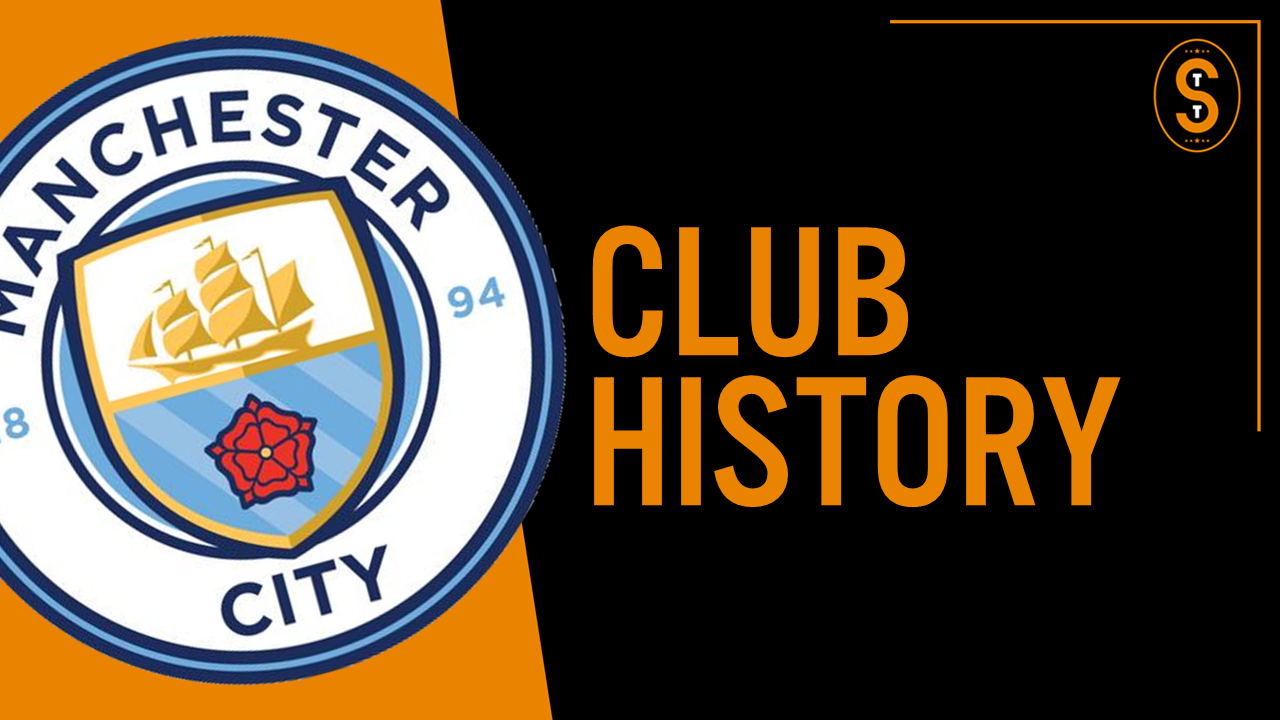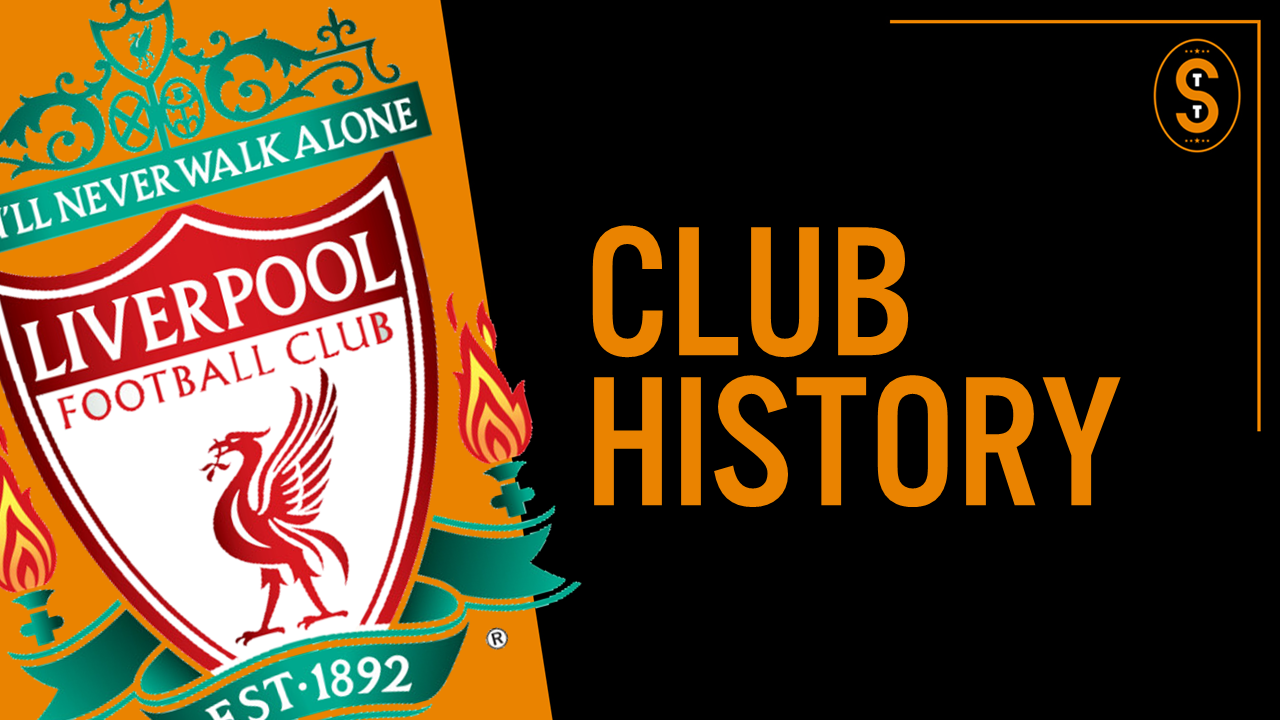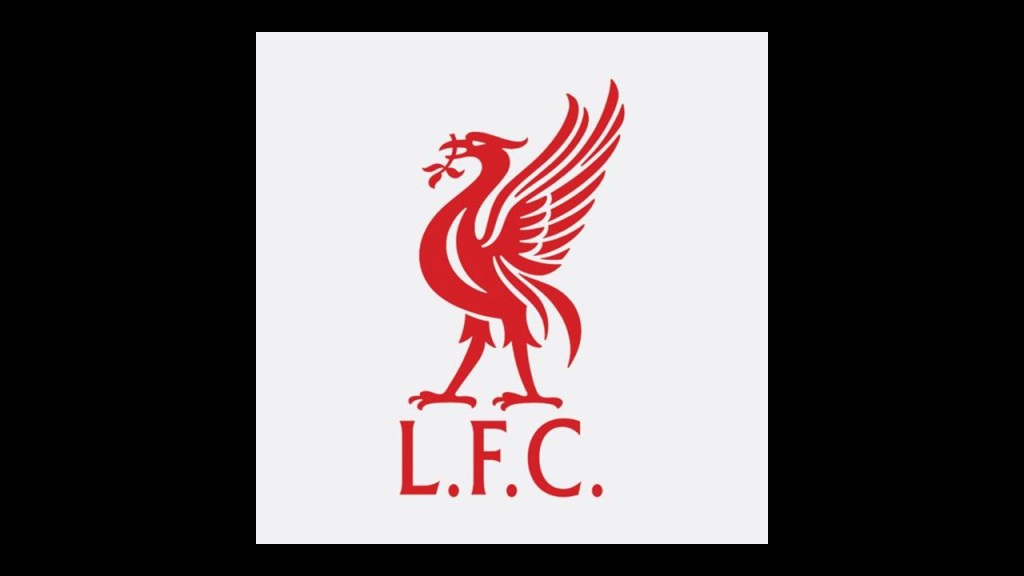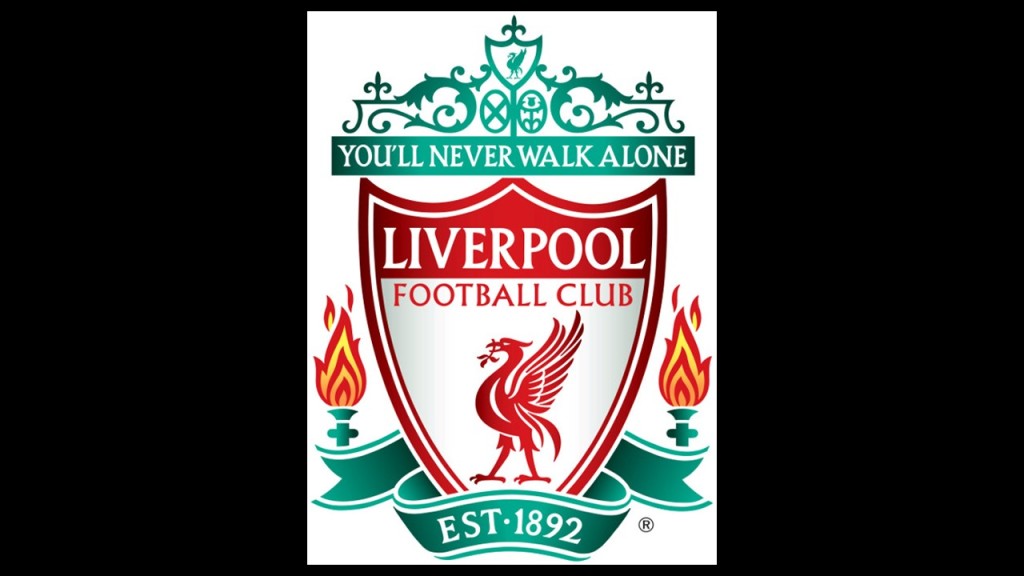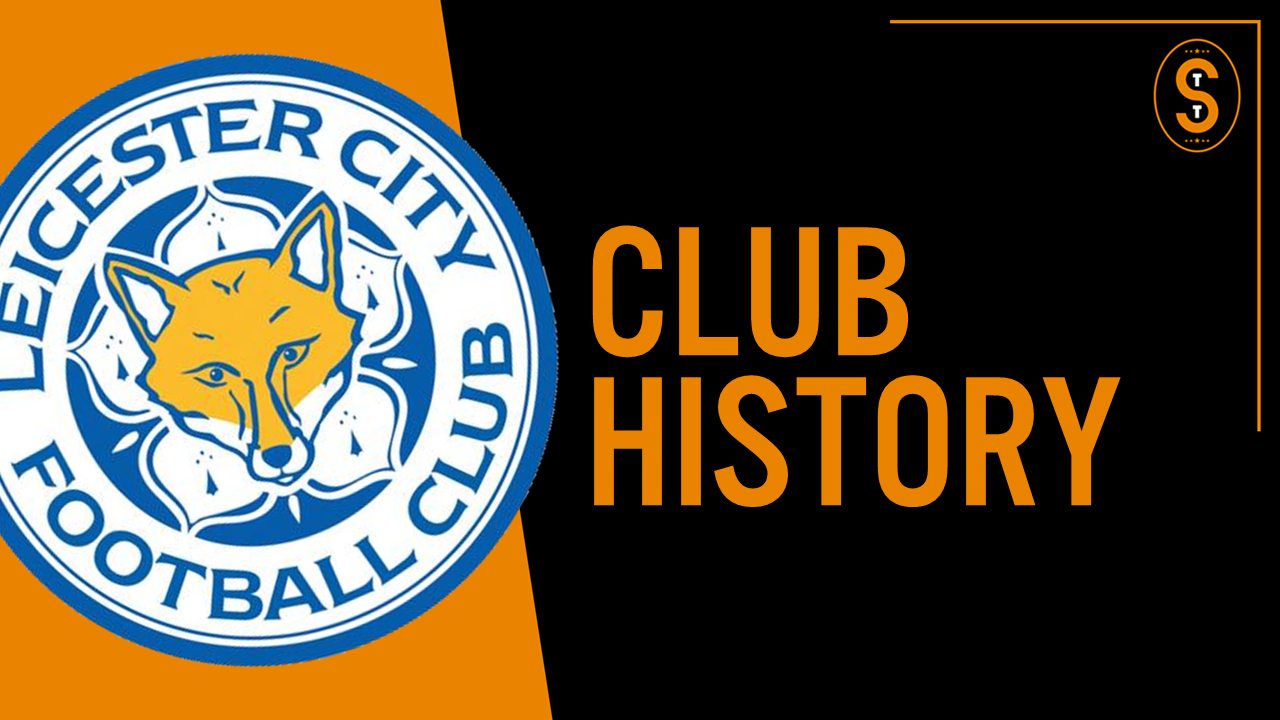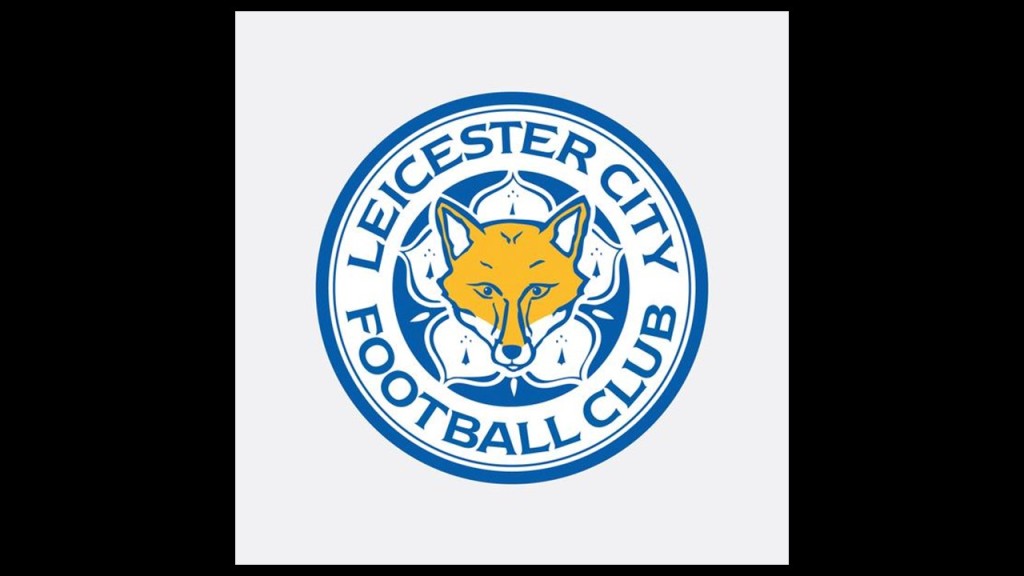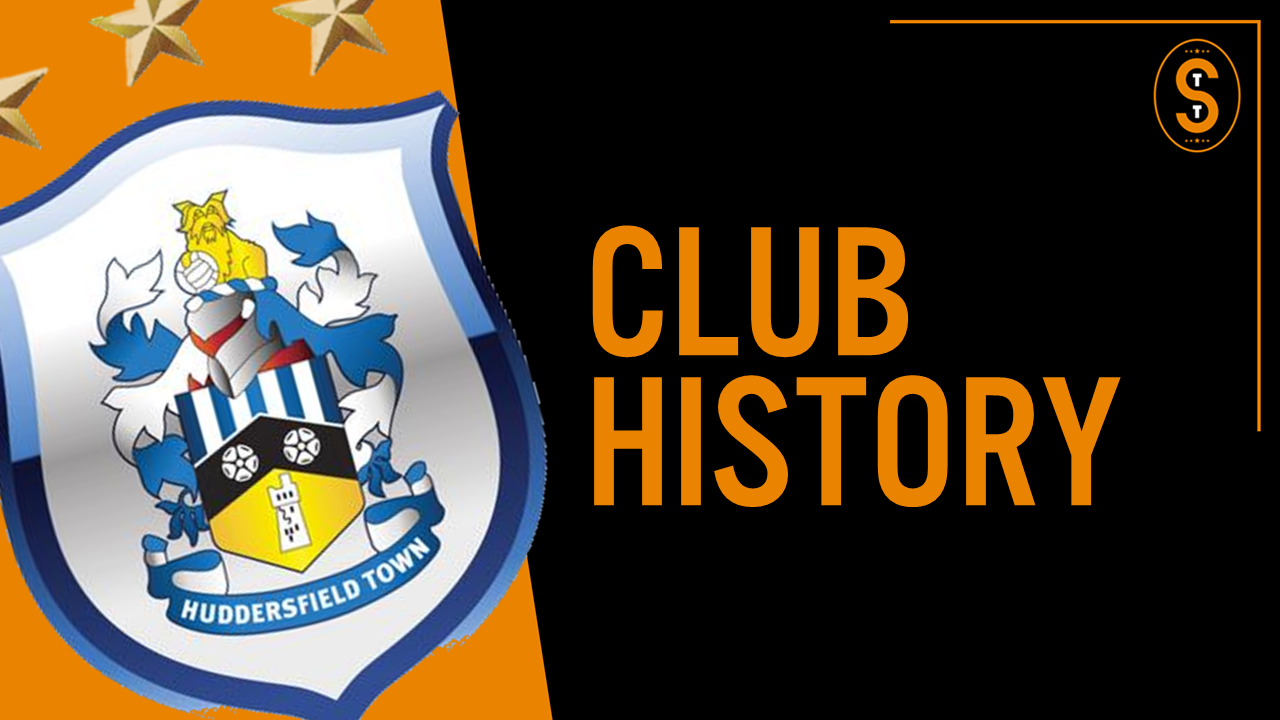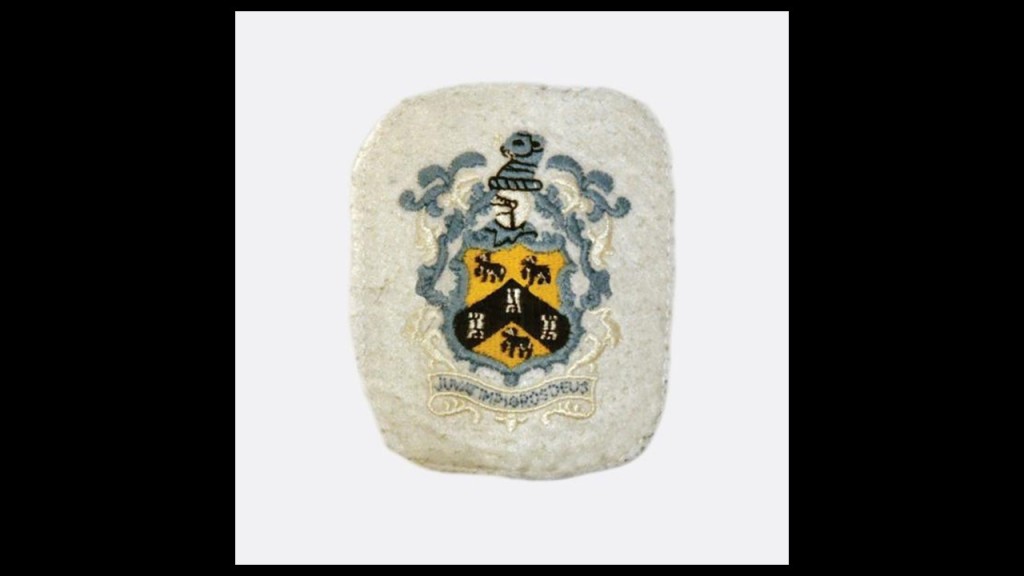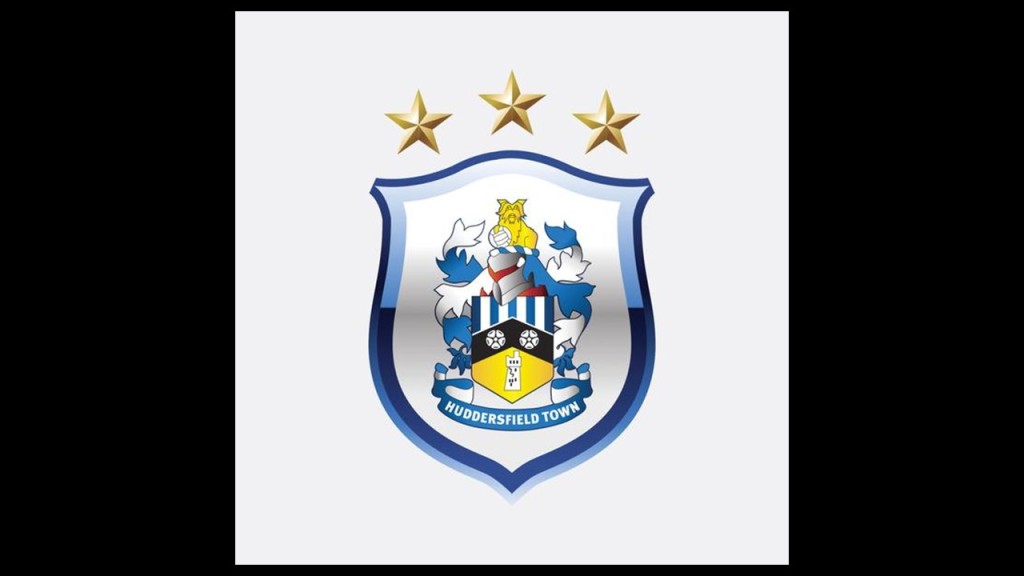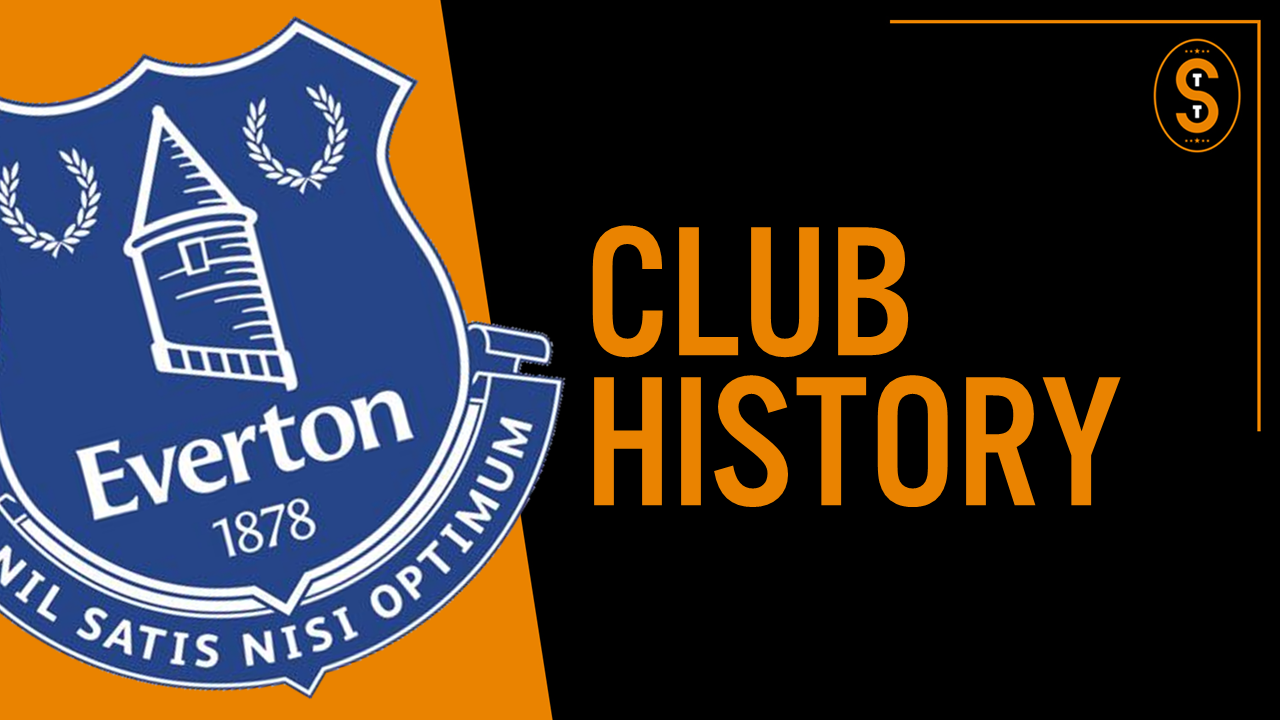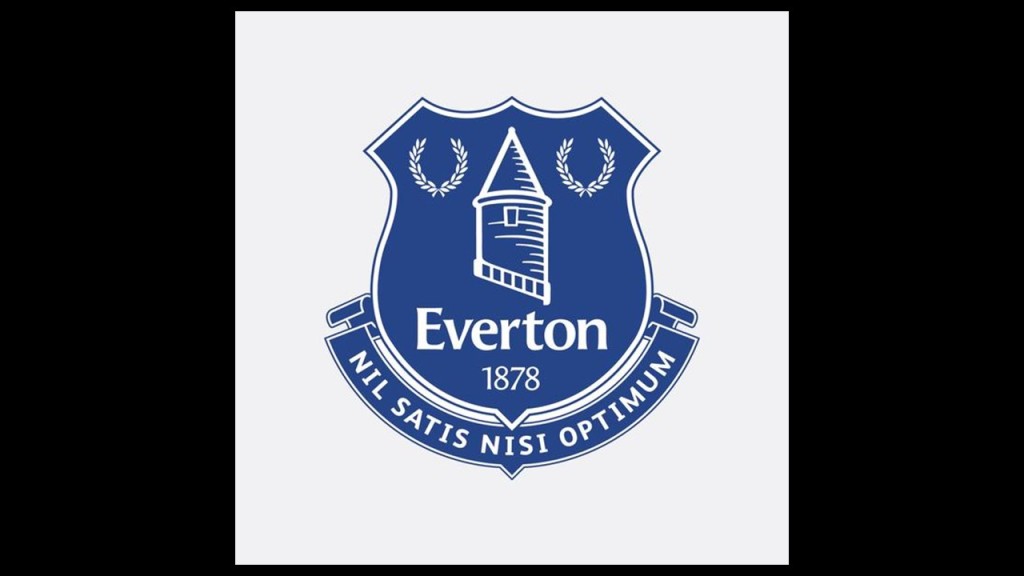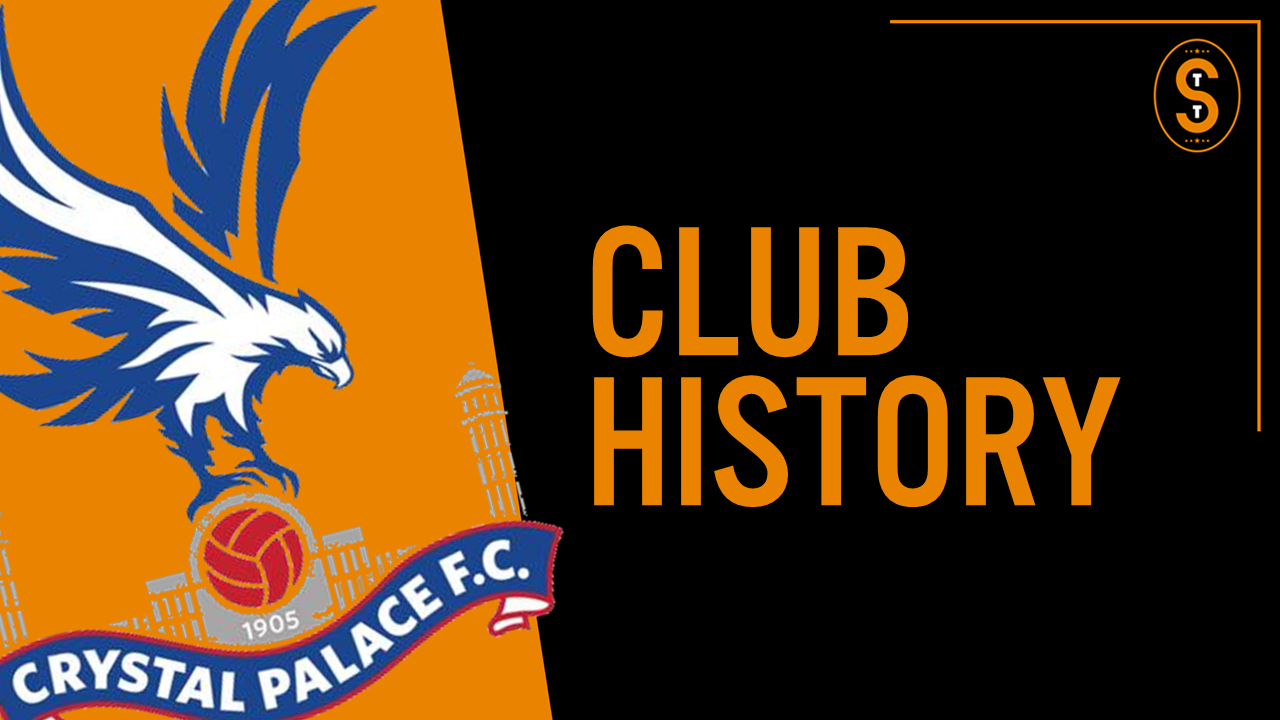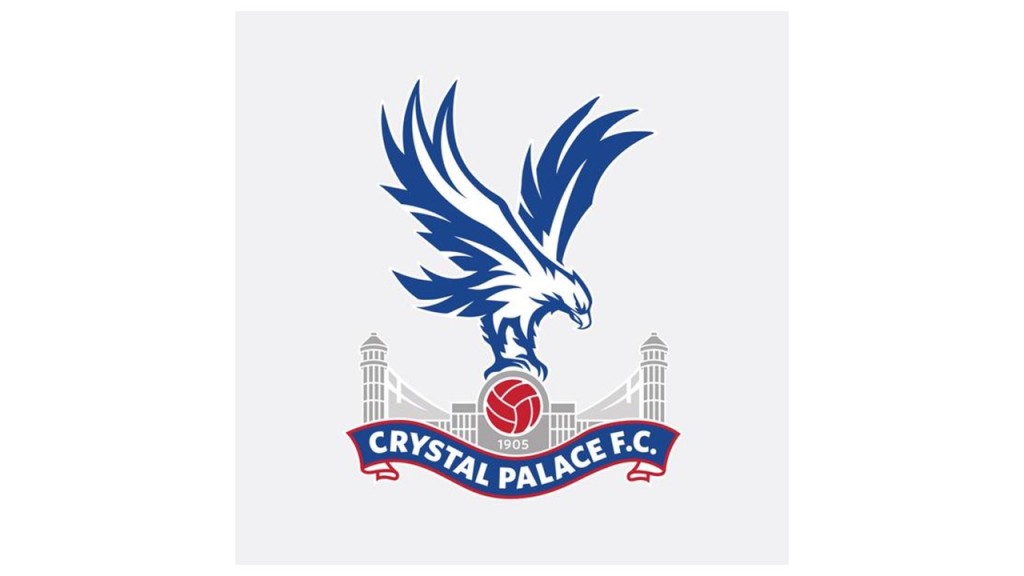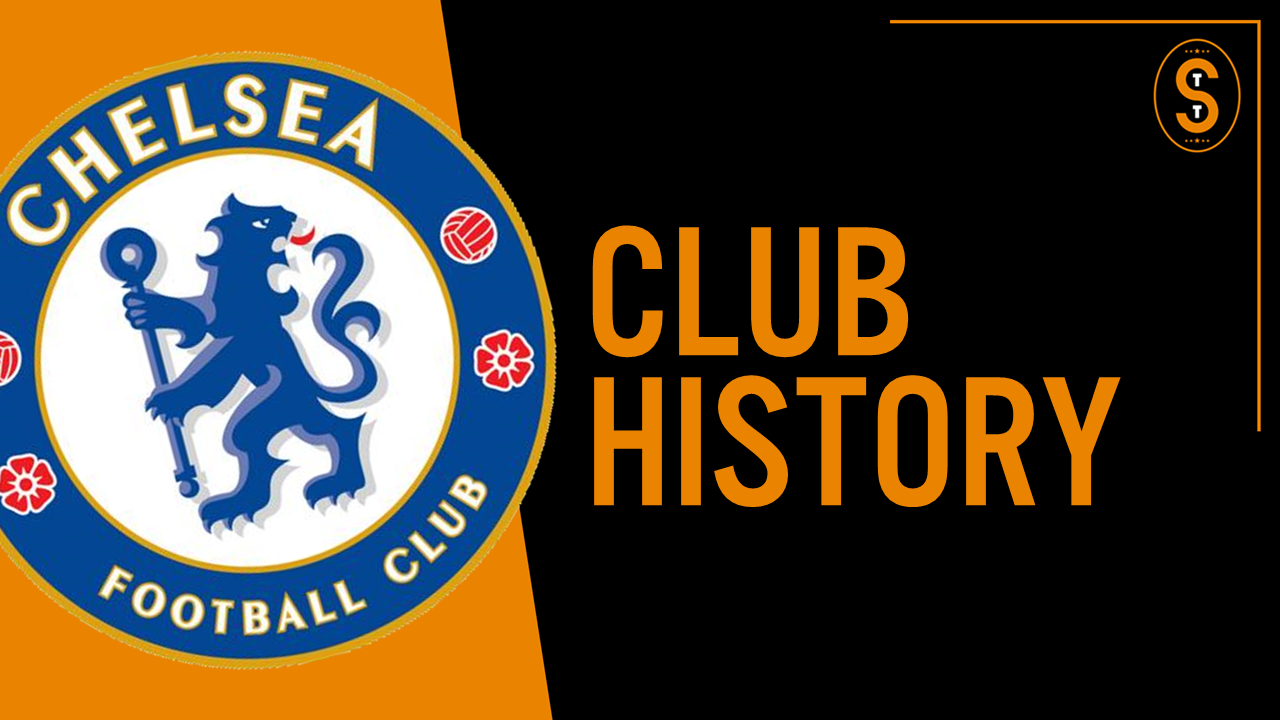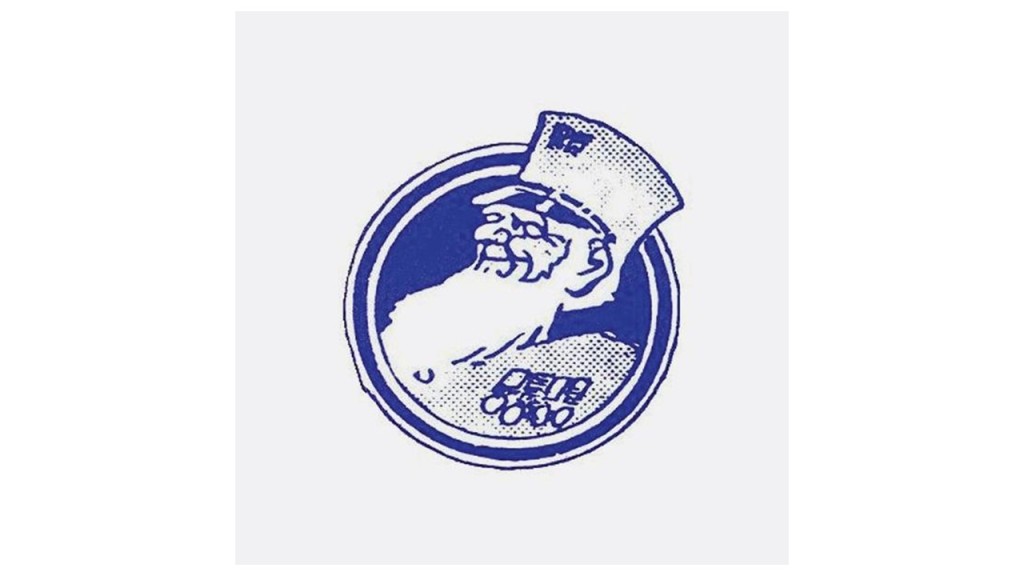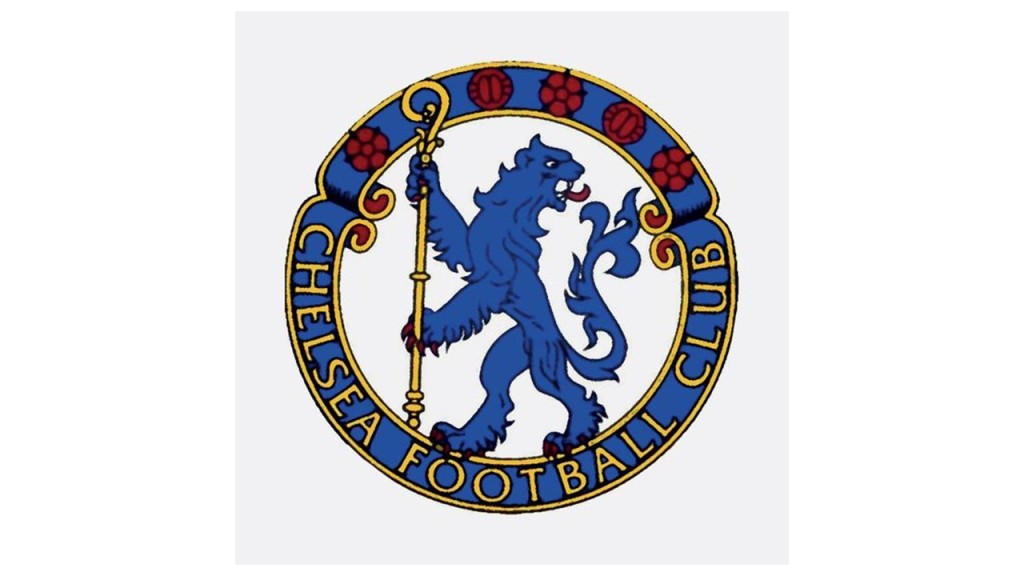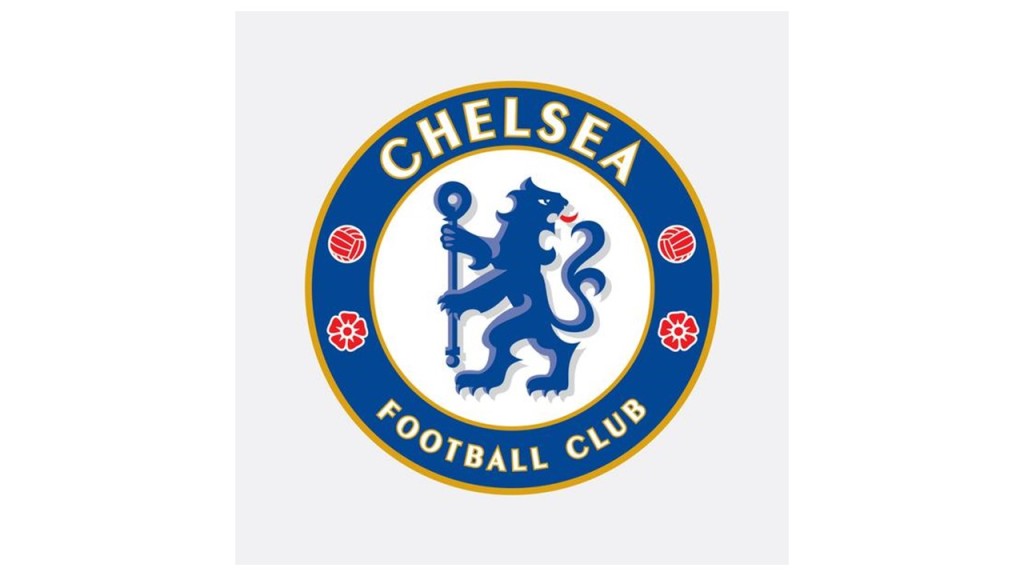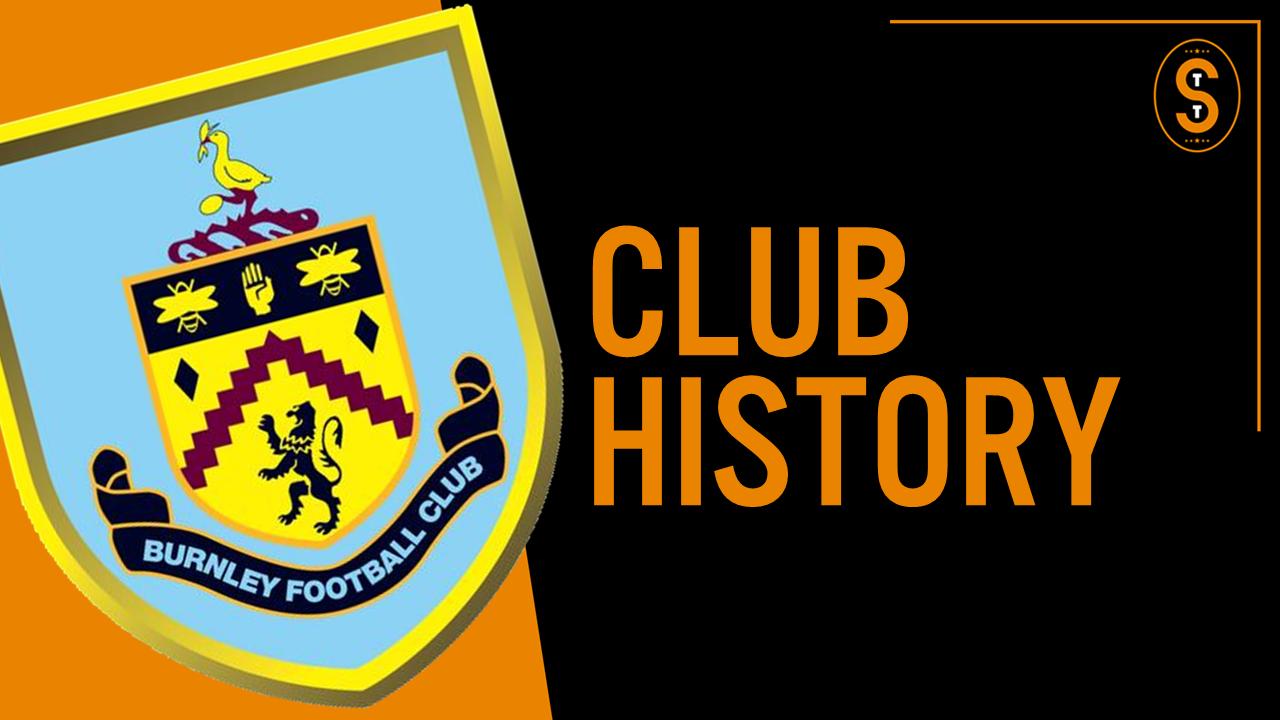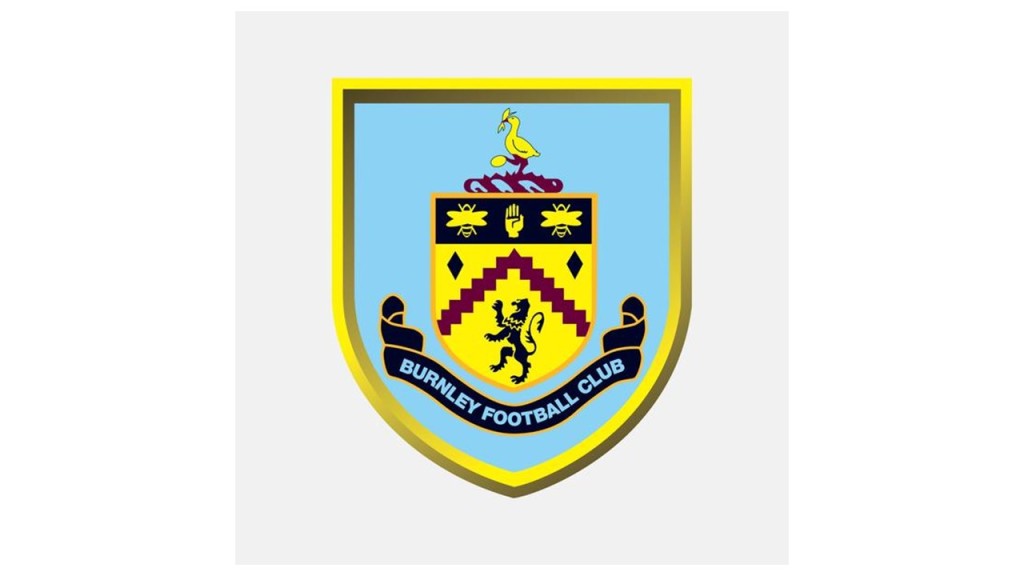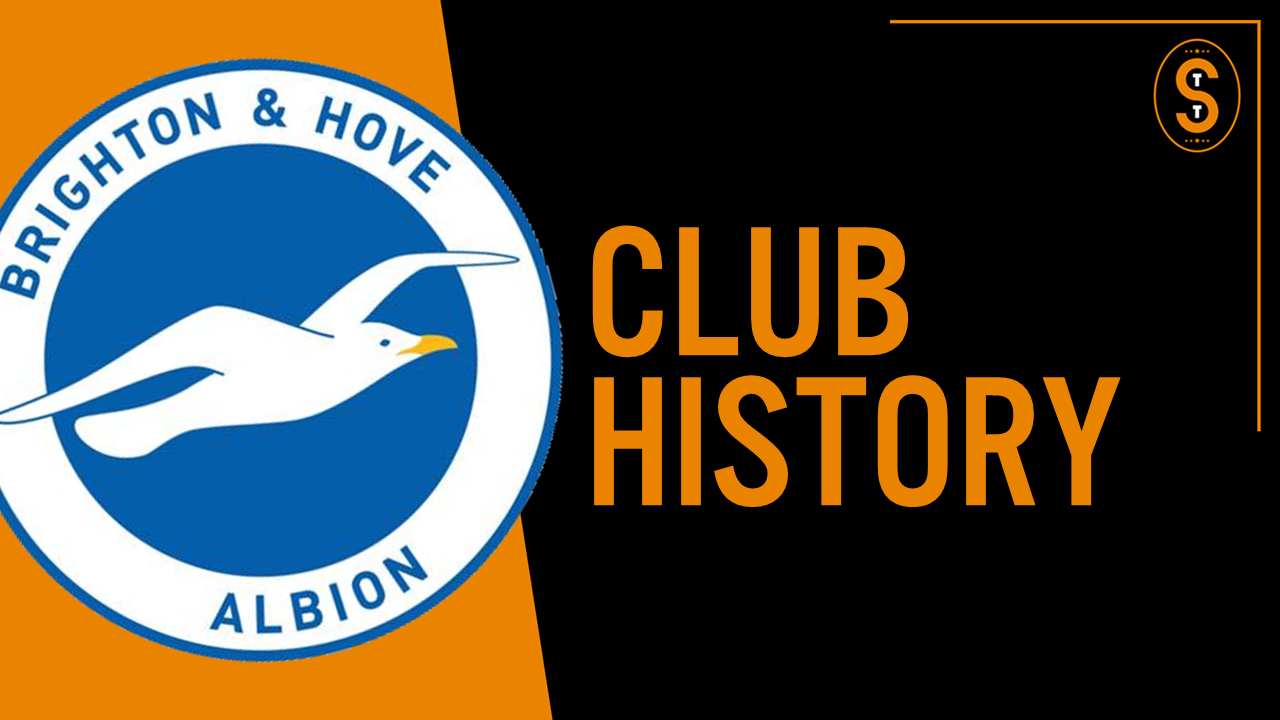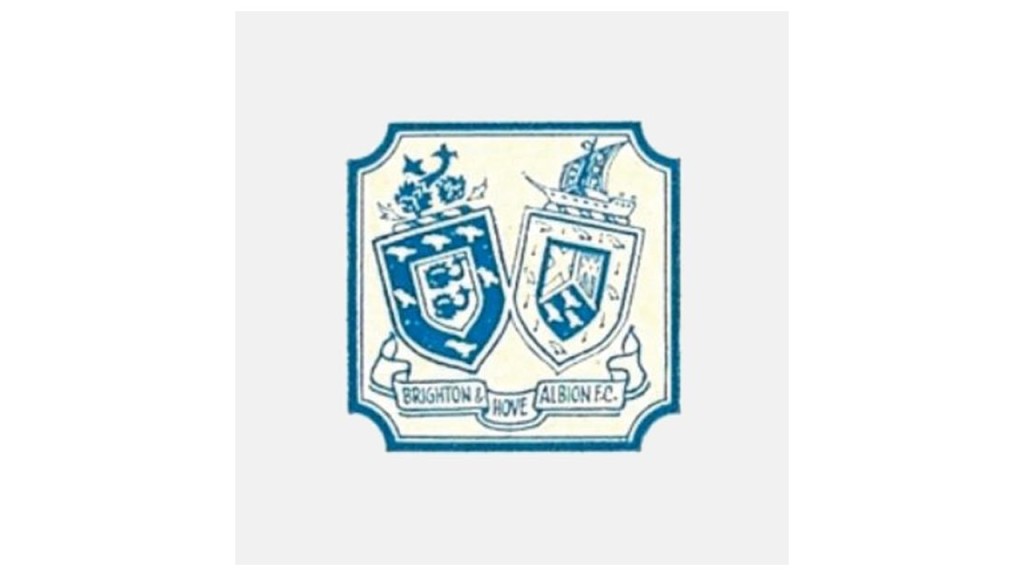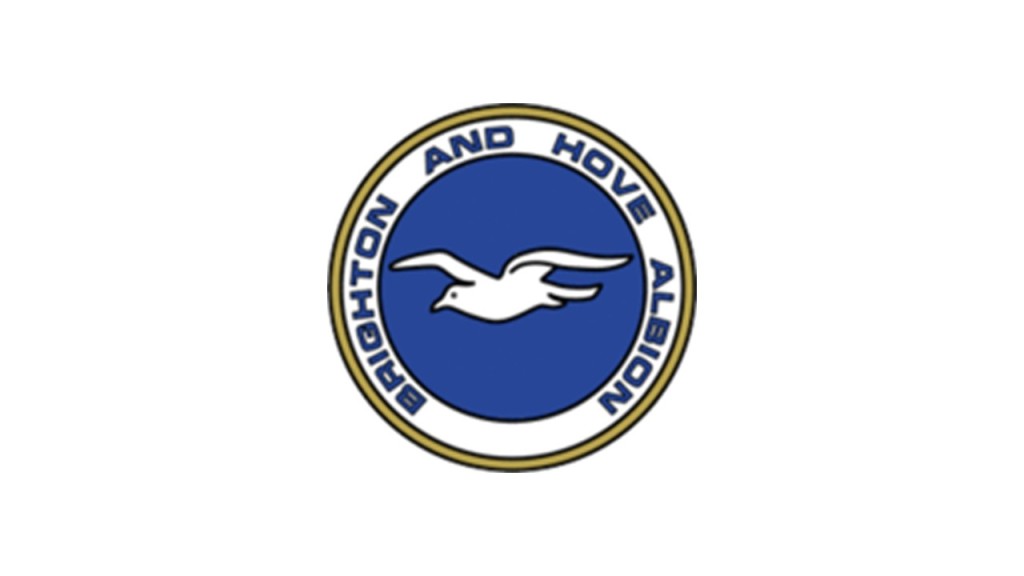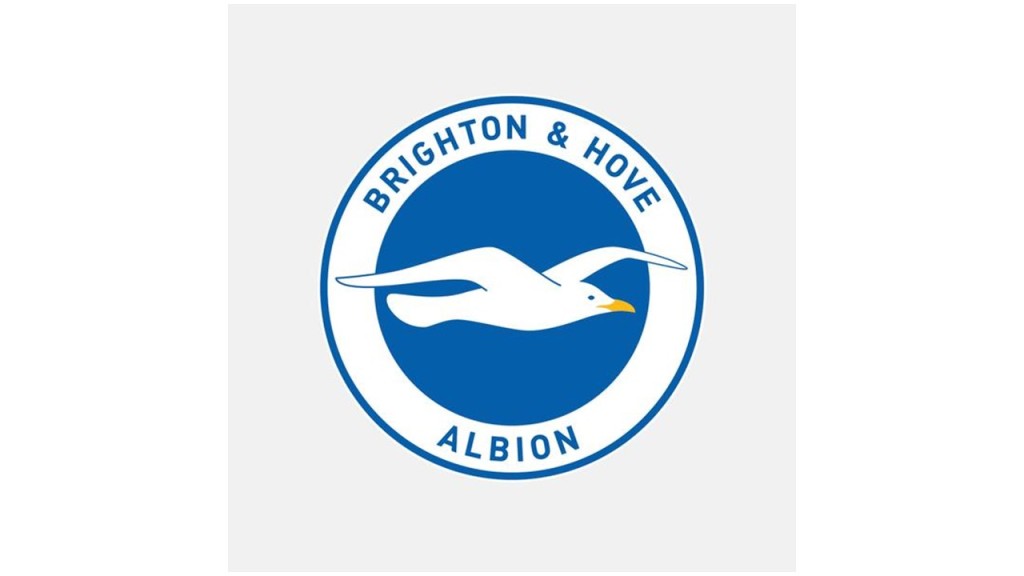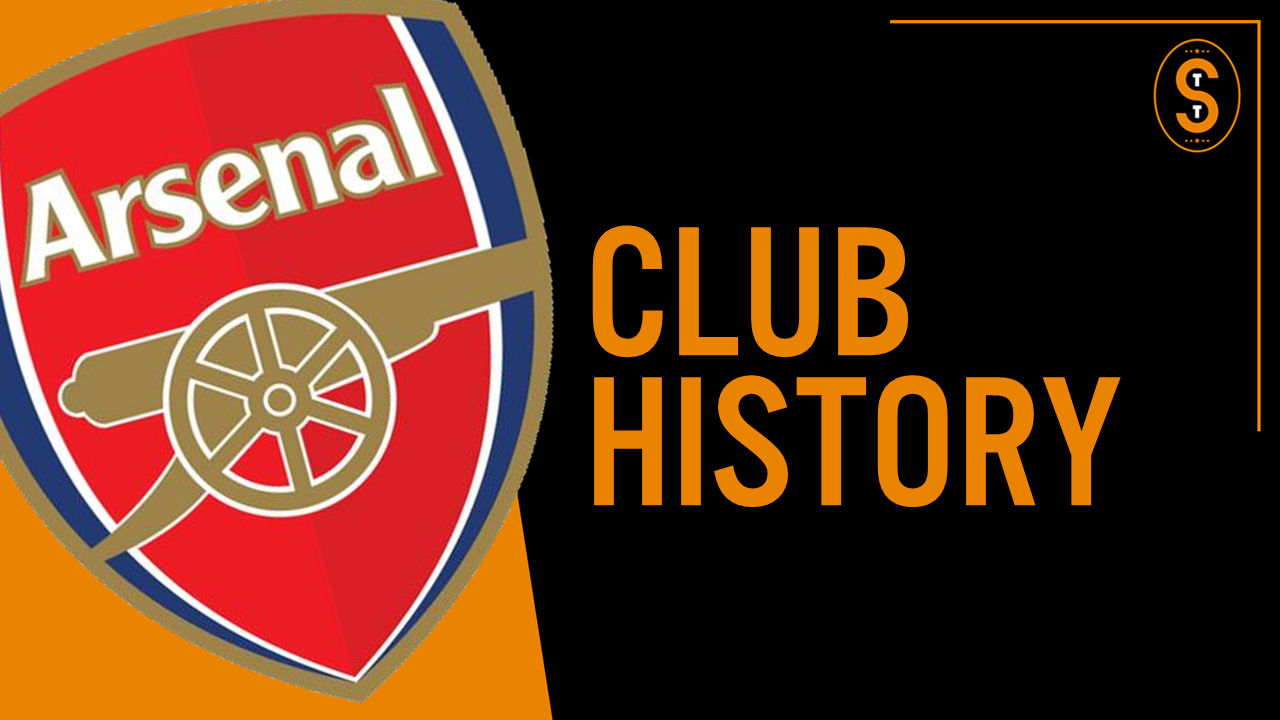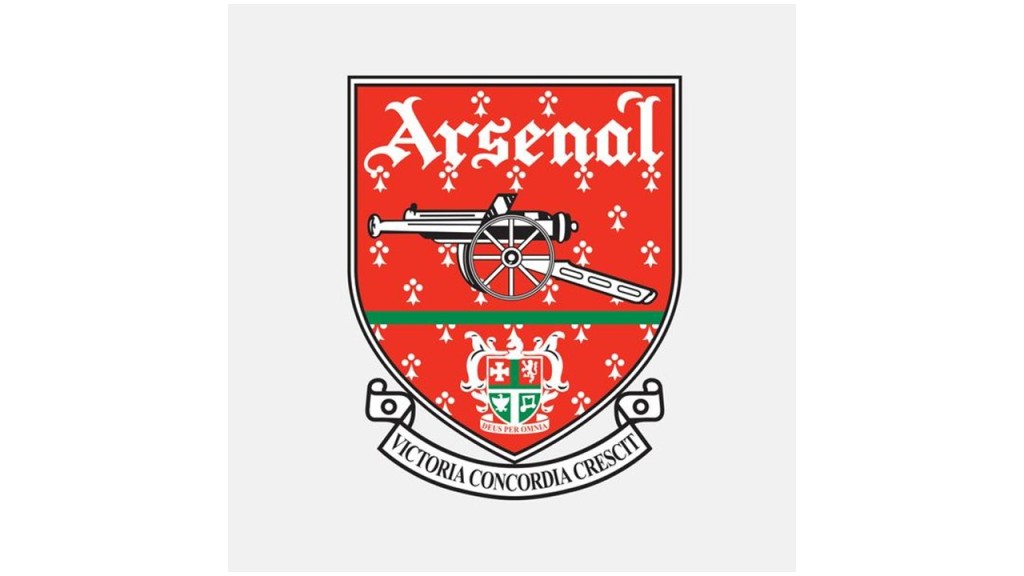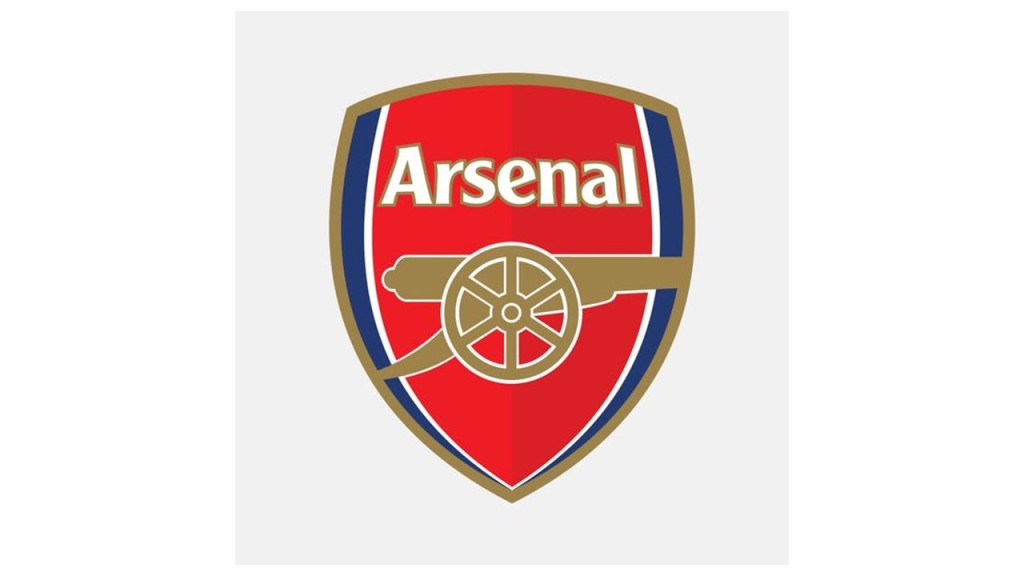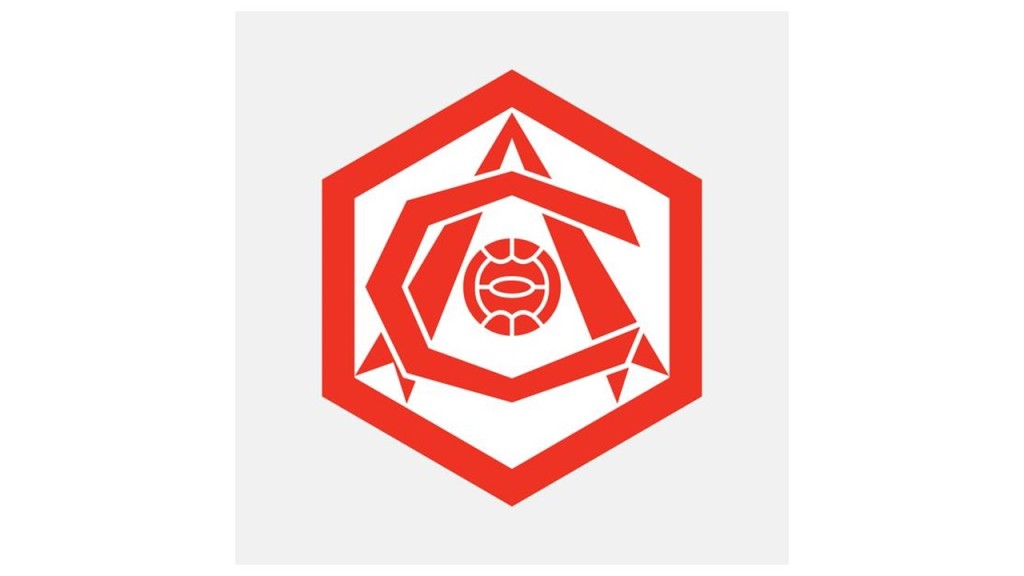Welcome to the Soccer Tavern, where we’re discussing the history, culture, and philosophy of the beautiful game. My name is Dave and we’re talking about Manchester City Football Club’s history in this video. Pull up a seat and let’s start the discussion.
Man City is located in the eastern-central part of the city of Manchester. Manchester is located in the northwest part of England in the United Kingdom. The club currently play in the Premier League and its home ground is called the Etihad Stadium, which was originally built for the 2002 Commonwealth Games, and Manchester City moved in a year later. It holds 55,097 people.
Origin
In 1880, the St. Mark’s Church Cricket Club formed a soccer team for the club. Shortly after the formation, the cricketers became upset with the soccer team tearing up the cricket pitch. Within a few years, the soccer club split from the Cricket club and merged with another soccer club to become Gorton AFC. The Gorton name came from an area in Manchester where the team played.
In 1887, the club moved its headquarters to Hyde Road and changed its name to Ardwick AFC. By the 1893-1894 season, the club experienced serious financial trouble after a very poor season in the 2nd division. Most of the board of Ardwick AFC resurrected & restructured the club in April 1894. Along with the resurrection, the board changed the club’s name to Manchester City Football Club to appeal to all Mancunians (or people from Manchester).
Nicknames
The club has 4 nicknames, all of which are pretty self-explanatory. They are the Blues, the Sky Blues, The Citizens, or simply City
Both the nicknames of the Blues or the Sky Blues come from Man City’s home kit color. The club has worn shades of Sky blue dating back to 1894 when it changed its name from Ardwick AFC.
The other 2 nicknames (the Citizens and City) come from the club’s official name of Manchester City FC. Though lots of clubs use the word city in their official name, due to Man City’s rise to power in the global soccer world over the last decade, many people nowadays will associate Man City as the club you’re referencing if you just say City.
Crest
Man City’s current crest was debuted in the 2016-2017 season but shares a lot of similarities previous crests in the club’s history.
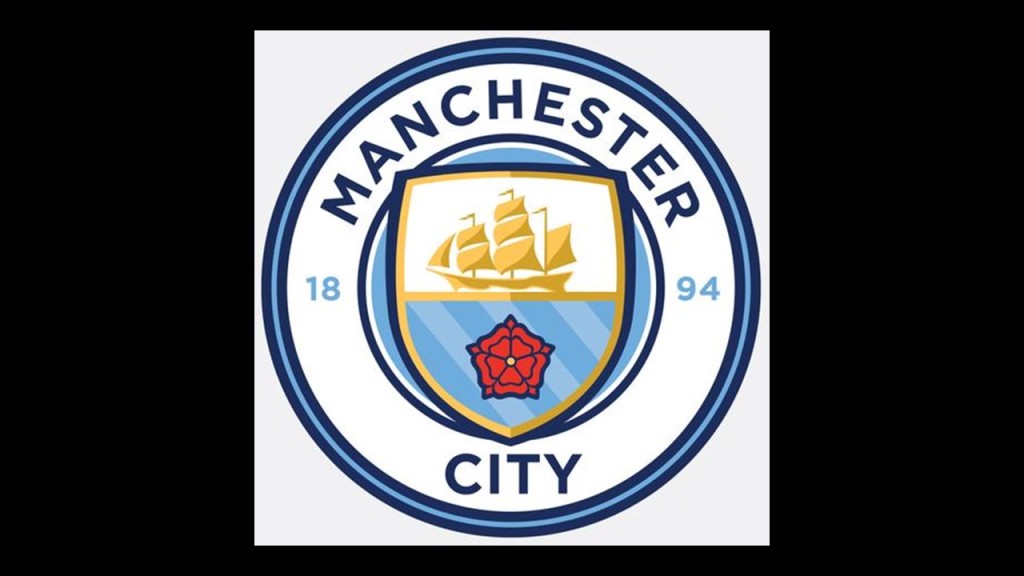
The ship is a reference to the city of Manchester’s famous Shipping Canal and actually comes from the city’s coat of arms.
The red flower is a red rose of Lancashire which is the historic county that Manchester is located in. Quick redistricting history for you: In 1974, there were changes to local governments in the UK that removed the cities of Liverpool and Manchester from the Lancashire county government, but Manchester still remains in the historic boundaries of Lancashire county hence the rose. Back to the crest.
The diagonal stripes in the crest come from the Grelley family coat of arms. The Grelley’s were the feudal lords of Manchester and the Manchester city coat of arms includes many elements of the Grelley family crest.
The crest includes the name of the club, Manchester City, and the year of 1894 when the club was formed in its current iteration.
The crest used directly before the current one included the Latin phrase ‘Superbia in Proelio’ meaning ‘Pride in Battle’ and is sometimes still associated with the club.
Important Events
On April 23, 1904 City won the FA Cup 1-0 over Bolton Wanderers. It was the club’s first ever major trophy and first ever major trophy for a club from the city of Manchester. Flash forward about 100 years to the next 2 events I want to discuss.
One of the most important days in the club’s history actually took place off the field. On September 1, 2008 Sheikh Mansour bin Zayed Al Nahyan and his Abu Dhabi United Group officially purchased Manchester City. City were acquired only the year prior by the former Prime Minister of Thailand, Thaksin Shinawatra. He became caught up in corruption charges and had his assets frozen, which forced the sale to Sheikh Mansour’s group.
The Sheikh’s group has since pumped billions of dollars into the club, purchasing players, building infrastructure and purchasing satellite clubs all around the world to change the way English and dominant global soccer clubs behave. Incredibly, the ownership has been able to maintain some semblance of the club’s core values rooted in the community, even as they’ve built City into a global empire. Without the forced sale of the club, none of their current success would be likely.
On May 13, 2012, Manchester City and Manchester United were tied for 1st place in the Premier League heading into the last match of the season. City held a 8 goal tie-breaker difference, so simply needed to match Manchester United’s result in order to win the league. The matches happened at the same time with Manchester United playing at Sunderland and City hosting Queens Park Rangers. City entered stoppage time down 2-1 but scored a dramatic header in the 92nd minute through Edin Dzeko to draw the match. United’s match ended with them winning 1-0.
They began celebrating, thinking they won the title, but City miraculously scored a second goal in stoppage time, this one in the 94th minute by Sergio Aguero to win the premier league. It will likely forever be the most dramatic title conclusion in Premier League history. And if you haven’t seen it, you should watch the YouTube video here:
Supporters
The song Blue Moon is the club’s anthem sung by supporters. It’s a relatively new tradition with it reportedly beginning in 1989. The ’80s were a time when many supporters changed from solely using chants to also singing songs during matches. Blue Moon was apparently first sung after City played Liverpool in the opening match of the 1989-1990 season as the supporters were waiting for the Liverpool home crowd to disperse and it’s since become the passionate anthem for City supporters.
Another even newer tradition for city fans is the Poznan. In 2010, City were in the same Europa league group as Lech Poznan. When Poznan’s fans came to City’s home ground, they demonstrated great support, including this strange move where the fans turned their backs to the match, put their arms around each other’s shoulders, and jumped up and down. City fans were confused at first but began doing it at their own matches in the weeks after and have been doing it ever since as a celebration.
Noteworthy Players
City have had many great players in their storied history so apologies that we’re not going to cover all of them here.
Bert Trautmann has a fascinating story. He was a German paratrooper captured during WWII and transfered to a Lancashire prisoner of war camp. After the war, he signed for City in 1949 and played for the club for 15 years. Most famously, he broke his neck during the 1956 FA Cup final but continued to play because there were no substitutions allowed at that time.
Colin Bell had probably the greatest Man City career prior to the one experienced by the current generation of players. He played with city from 1966-1979. He won the first and second division titles, FA Cup, 2 League Cups, and the European Cup Winners’ Cup with City during his tenure. There’s a stand at the Etihad named after him.
Sergio Aguero is City’s record goal scorer. He joined the club in 2011 and scored arguably the most dramatic goal in Premier League history to win City the 2011-2012 title. He’s had a fantastic career and is poised to win many more trophies with City in the coming years.
Recent or still current players worth mentioning here are David Silva, Yaya Toure, Vincent Kompany, Kevin De Bruyne, and many others since it is City’s most successful period in the club’s history.
Noteworthy Managers
Wilf Wild beyond having an awesome name was City’s longest ever serving manager from 1932 to 1946. He won the 1934 FA Cup at Wembley. He also won city’s first ever league title, leading the team on a 22 match unbeaten streak to end the 1936-1937 season as champions. Unfortunately, he holds a dubious record as City were relegated the following season, the only English team to ever be relegated as defending champions.
Pep Guardiola is the club’s current manager. He is a revolutionary manager and widely regarded as the best manager of his generation. Largely credited with inventing the tiki-taka, high press, possession style of soccer made famous by the dominant FC Barcelona team in the late 2000s. He’s taken that style and imposed it on the current Man City squad who are scoring tons of goals and on a record setting pace in the league. At time of recording, they are still alive to win a treble having already won the League Cup, look to be winning the Premier League comfortably and are one of the favorites to win the Champions’ League..
Roberto Mancini, who was manager as city won their first title in 44 years, and Manuel Pelligrini, who was the first manager from outside of Europe to manage a team to the English Premier League title, deserve mention here as well.
Rivals
City’s 2 biggest rivals these days are Liverpool and Manchester United.
There is a natural rivalry between the cities of Manchester and Liverpool which dates back to the 19th century when the Manchester Ship Canal was built to bypass the city of Liverpool and their control of trade/commerce in the area. That rivalry is more expressed on the soccer pitch between Liverpool and Man United, but there’s definitely an element present in this rivalry. Additionally, with City’s recent rise to perennial title contenders, the two have met in some epic clashes in recent years. City also came from behind in the title race to steal the 2013-2014 Premier League title from Liverpool’s grasp which helped intensify the rivalry. Nowadays, Man City manager, Pep Guardiola, and Liverpool manager, Jurgen Klopp, are two of the most offensive oriented and widely considered as two of the best managers in the world, which makes for exceptionally entertaining matches when the two clubs play.
Manchester United is Man City’s unquestionably biggest rival. The two clubs play in the same city. The two sets of fans haven’t always been exactly fond of each other, but things turned violent in the hooligan days of the 1980s. The 1980s also coincided with United’s rise to domestic dominance while City really struggled. The fans maintained hostilities, but it became less violent in the early 90s and 2000s. When Sheikh Mansour and his ownership group took over City in 2008, he turned them into overnight title contenders. The rivalry has taken on a new angle as both clubs compete for players and trophies. Also, city’s dramatic 2012 Premier League title at the expense of Manchester United has made this one of the best derbies in the league.
Stats & Records
The stats and records we’re about to discuss are as of March 2018 when I am recording this video.
City have spent 89 seasons in the top flight in their history.
The club has 15 major trophies including:
- 4 first division/premier league titles (looking likely to be 5)
- 5 FA Cups
- 5 League Cups (including this year’s)
- 1 European Cup Winners’ Cup
The club’s record first team appearance holder is Alan Oakes with 668 appearances.
The club’s record goal scorer is Sergio Aguero with 199 goals at time of recording & counting.
Man City’s record transfer purchase was Aymeric Laporte from Athletic Bilbao in Spain on January 30, 2018. for about £57M.
And the club’s record transfer sale was Kelechi Iheanacho to Leicester City on August 3, 2017 for about £25M.
One last interesting fact about the club: Man City are the most recent and likely last ever English club to win a European final fielding an all-English team, which they did in the 1970 European Cup Winners’ Cup.
So there you have it… a bit of history on Manchester City Football Club. Let’s continue the discussion in the comments section below this video.
Thanks for stopping by the Soccer Tavern. Hope to see you again sometime soon. Cheers.
